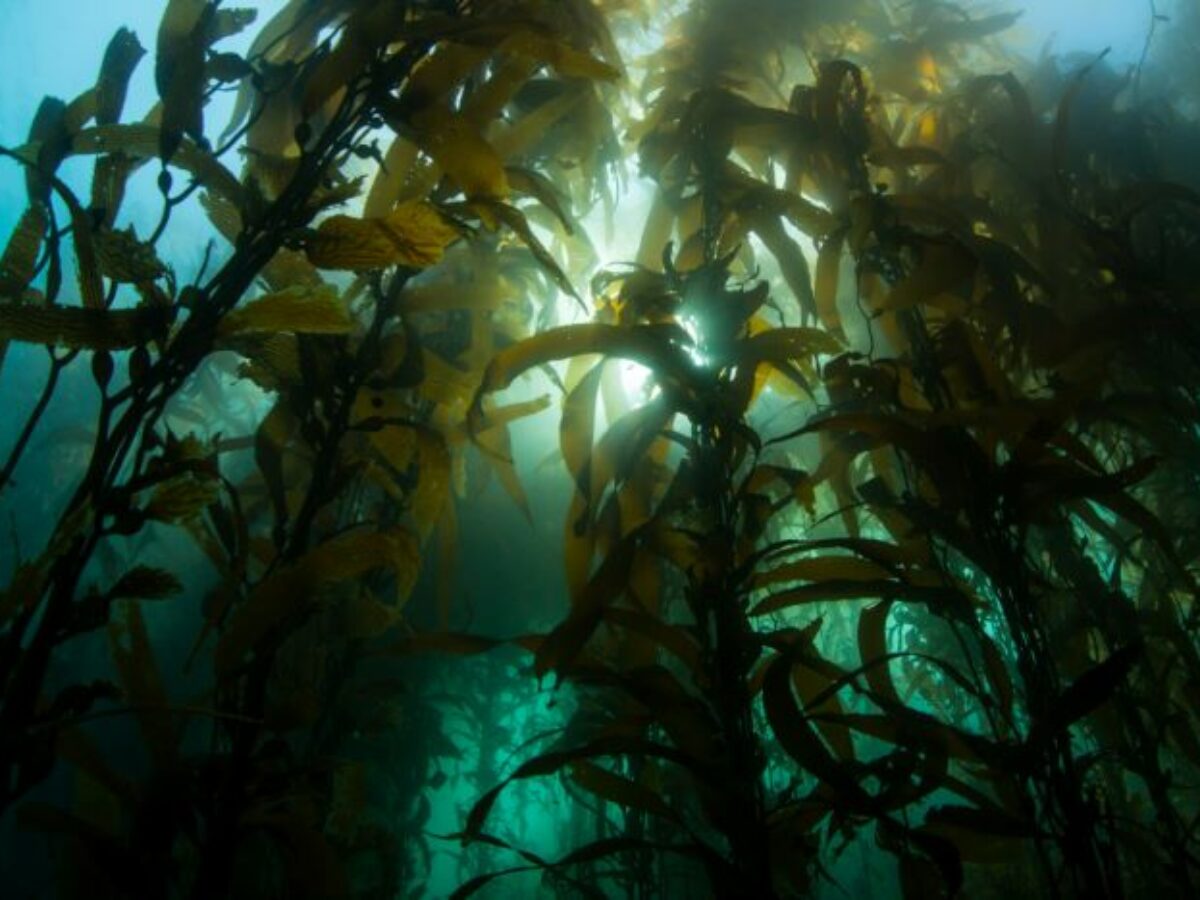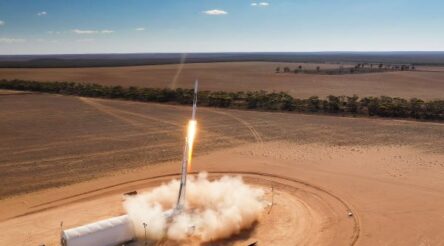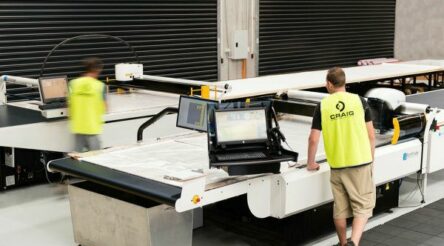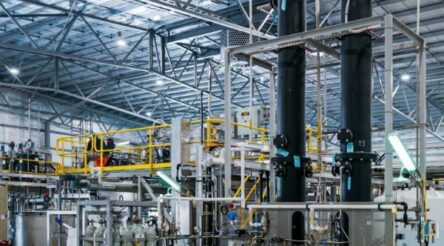Tasmania to research development of kelp industry

Government, researchers and industry in Tasmania are to study the potential for developing a kelp industry offshore, potentially in association with finfish farming in the state.
The Department of Natural Resources and Environment Tasmania has issued a scientific permit to deploy marine infrastructure as part of a research programme on growing kelp.
This project is funded by the Blue Economy CRC and nine Project Partners – BMT, Climate Foundation, CSIRO, Huon Aquaculture, Southern Ocean Carbon Company, Tasmanian Government, University of Queensland, Deloitte, and UTAS (IMAS and the Australian Maritime College).
The research site, south of Blackmans Bay and north of the Tinderbox Reserve, will be used for developing technologies suitable for commercial-scale offshore kelp production.
Kelp is used to make products including toothpastes, shampoos, salad dressings, puddings, cakes, dairy products, frozen foods, and pharmaceuticals, according to the US National Oceanic and Atmospheric Administration.
The goal is to develop, test and demonstrate technologies for offshore kelp mariculture that are scalable, economically viable, achieve positive environmental outcomes and attract strong public and market support.
Research lead Professor Craig Johnson from the Institute for Marine and Antarctic Studies at the University of Tasmania said: “If done correctly, growing kelp at commercial scale can yield significant positive environmental outcomes as well as positive social and economic results.
“We have much to learn about how to do this most efficiently and effectively, and this research allows those initial careful steps to be taken in establishing some necessary foundations which can potentially help the industry to grow quickly.
“In a broader context, kelp mariculture at commercial scale has the potential to contribute positively to some of the large existential challenges facing society as a whole, namely the biodiversity, food security and climate crises.”
The research project infrastructure includes three rings 18 metres in diameter and associated moorings plus an underwater array consisting of 60 metre long grow lines at a depth of approximately 10 metres.
Weather permitting, anchors will be deployed mid-June with planting of microsporophytes (baby kelp) immediately following.
Picture: Blue Economy CRC.
Topics Technology
@aumanufacturing Sections
Analysis and Commentary Awards Defence Manufacturing News Podcast Technology Videos










